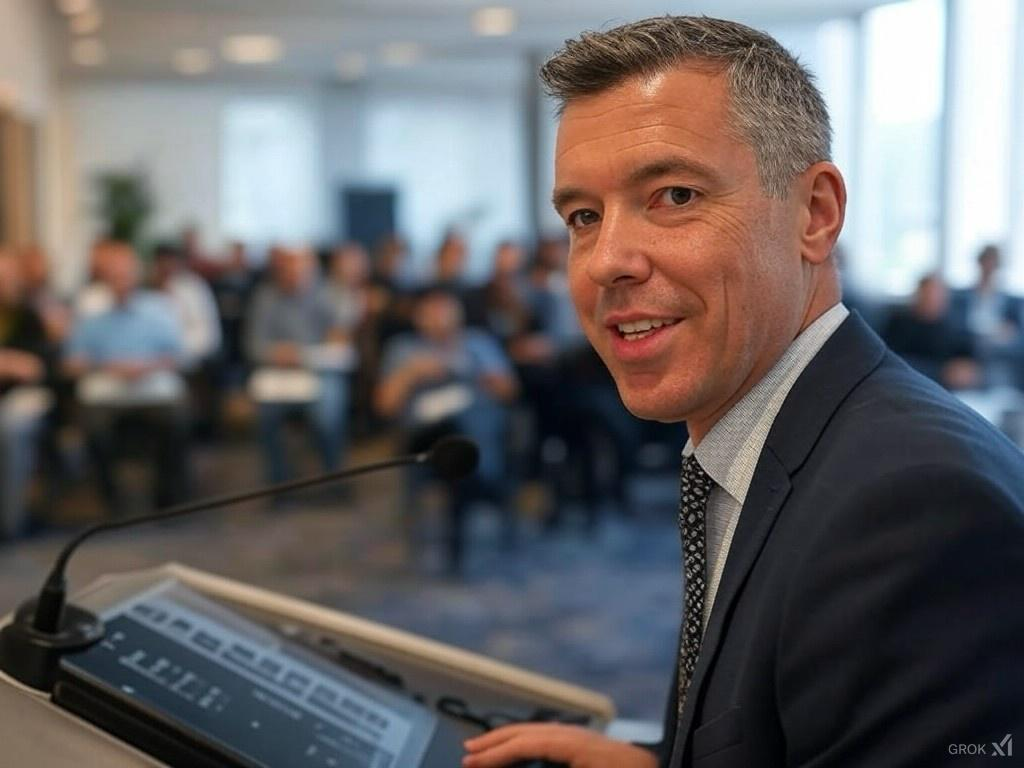Active sourcing is the direct approach of candidates. Personally, via company networks or via messages. The latter is now widespread. But there are many things that can go wrong. What you should bear in mind when active sourcing.

The search for the right candidate is now like looking for a needle in a haystack: A shortage of skilled workers and demographic change have left the labour market virtually empty. As a result, many HR managers are now taking the initiative to search for suitable candidates: Active Sourcing.
Personnel marketing: The best channels for direct approaches
So-called sourcing tools make the work of long-suffering recruiters easier in the first step. Intelligent algorithms such as Search!, Talentwunder or TalentBin simultaneously search various (CV) databases, social media such as Twitter, Facebook and Co. or company networks such as Xing or LinkedIn. Even relatively unknown specialised communities such as Github or Stackoverflow are not left out.
The information collected on each individual candidate is clearly organised according to their suitability. Just like a well-structured CV, this allows access to each candidate's name, CV and contact information.
As soon as the right talent has been identified, the actual recruitment work begins: after sourcing comes active sourcing - the direct approach of candidates by email or direct message. However, there are numerous pitfalls lurking in this process. Candidates are now being approached en masse via these channels. Employers must therefore succeed in standing out from the crowd.
Active sourcing: The direct approach of candidates
From the candidates' point of view, active sourcing is very welcome: More than half of talented candidates would rather be approached by a company than apply themselves. A quarter are even prepared to pay for increased visibility in career networks or CV databases so that companies can better identify them.
But beware: two out of ten of the top 1,000 companies only slightly match their first email conversation with candidates to a talent's profile. In the middle market segment, the figure is 18.8 per cent. Almost one in three candidates is annoyed by this impersonal approach.
Active sourcing: Why the sourcer should individualise the approach
The result: the talents do not respond to your approach. Now that the situation on the labour market has changed, sourcers need to heed what they used to preach to applicants themselves: score points through individuality. It may be true that recruiters simply don't have time for active sourcing.
But there are tools with which you can efficiently send professional mailings to candidates. Users can choose from a variety of templates and customise them to suit their business design. When addressing candidates, however, recruiters often overlook the fact that the text modules in the templates are intended more as a tool for addressing a candidate. It is certainly not practical to simply replace the candidate's name, garnish the text with a few job descriptions and then send the message on its way. The candidate's reaction is predictable: CTRL + D!
Active sourcing: tips for the right approach
The situation is different if it is clear from the message that the recruiter is explicitly referring to the talent being contacted. This can already be stated in the subject line. If, for example, a potential new employee is offered a "tantalising professional challenge", this will hardly elicit more than a tired smile. If, on the other hand, you make a personal reference to the talent's CV, you increase your chances considerably. For example: "Your project experience with employer XYZ can be deepened with us."
Continue with the greeting. An impersonal "Dear Sir or Madam" will not draw a candidate out from behind the stove. The impression this creates is devastating: "The sourcer doesn't even have time to write out my name? How serious is he really about his offer?"
Cover letter: Approach, job description
Similarly, in the rest of the cover letter, recruiters should work out exactly why a candidate is perfect for the vacancy. It is important to establish as many concrete and precise links as possible between the content of the position and the candidate's previous CV.
Of course, a description of the task should not be missing. However, the emphasis here is on the words "brief and to the point". Recruiters should not get lost in the details and describe mini-to-dos and sub-projects. Instead, recruiters should keep an eye on the big picture and emphasise the responsibilities that the talent can best handle according to their profile.
It is also important to find out what makes the vacancy attractive to the employee. How does the company differ from the previous employer? The following factors can be decisive here: career opportunities, further training opportunities, work-life balance, travelling, salary, equipment offered, etc.
Taking these points into account will ensure an optimal start to a good experience for the candidate. This includes all the experiences an applicant has with a company during the application process.
Our offer for you in IT recruiting
If you want to reach the best IT professionals, get in touch with us. indivHR helps you become even more successful in IT recruiting and avoid common mistakes.
As IT recruitment specialists with many years of experience, we know exactly how to organise the candidate journey so that you are always ahead of your competitors. So that you get the best employees.




